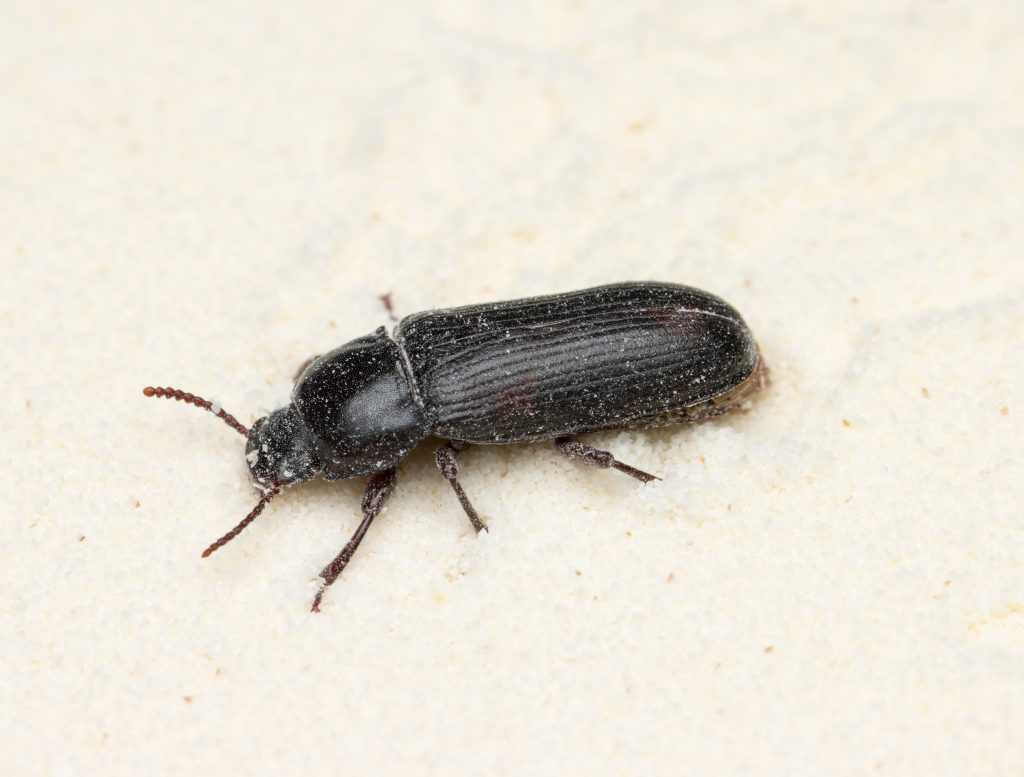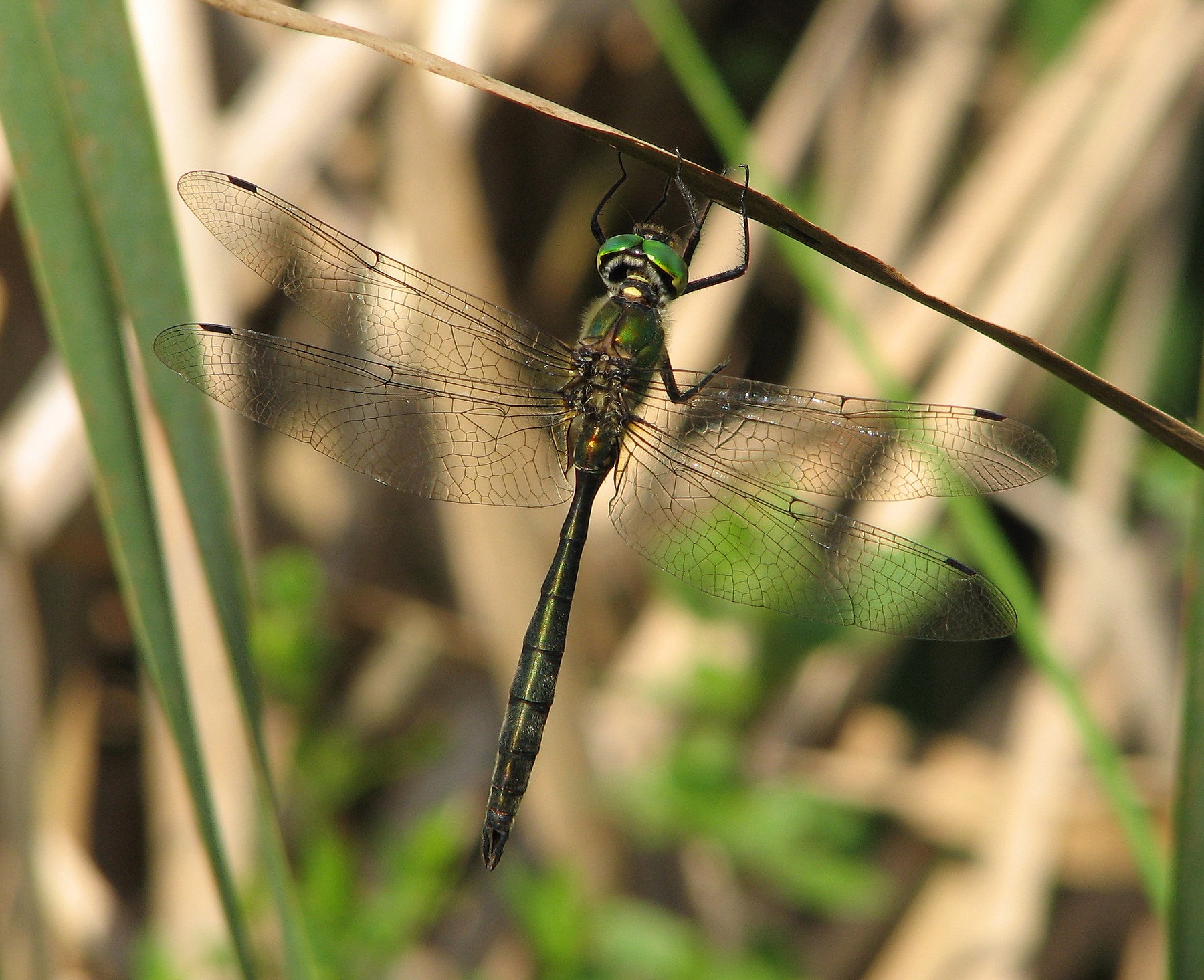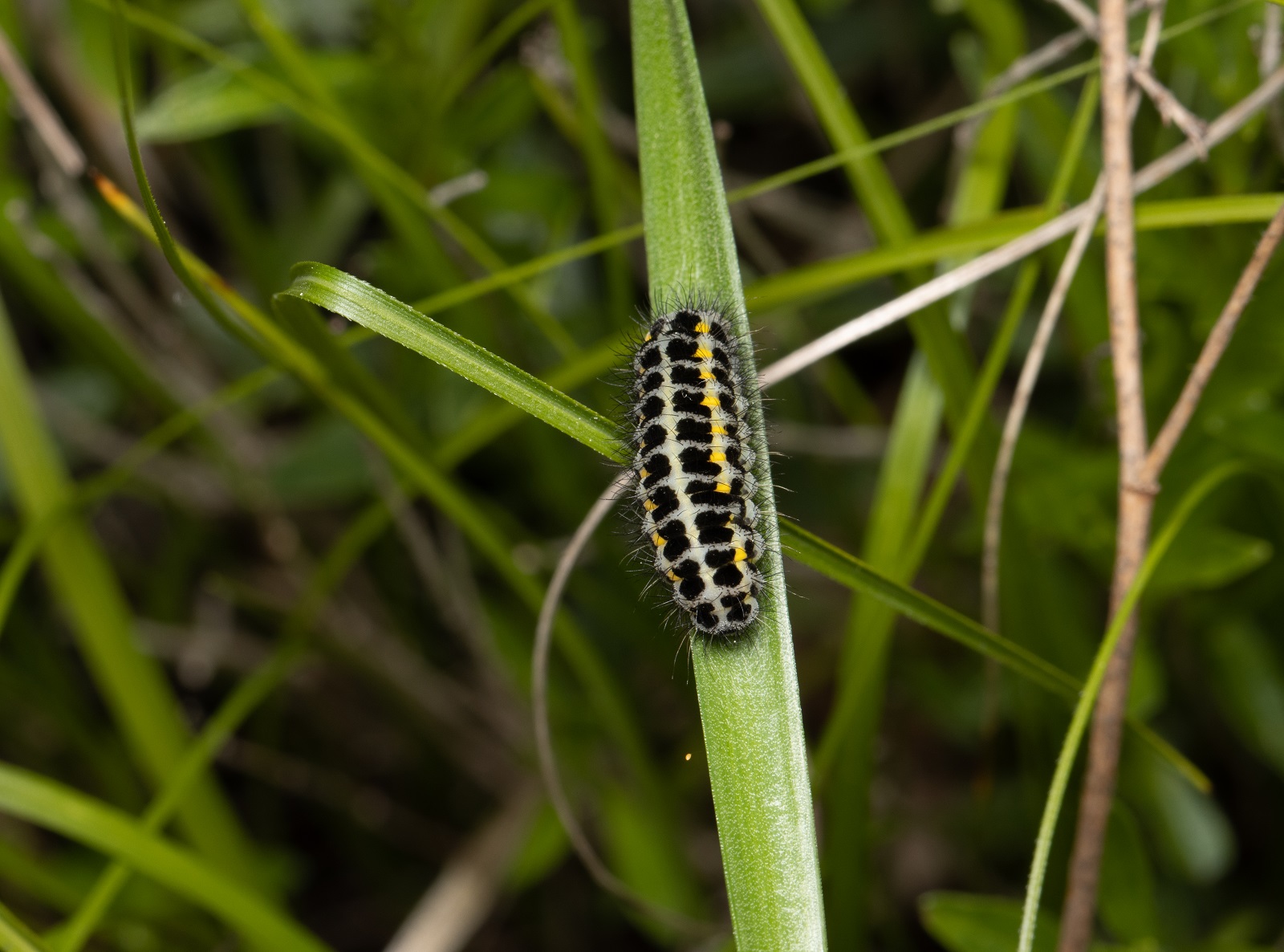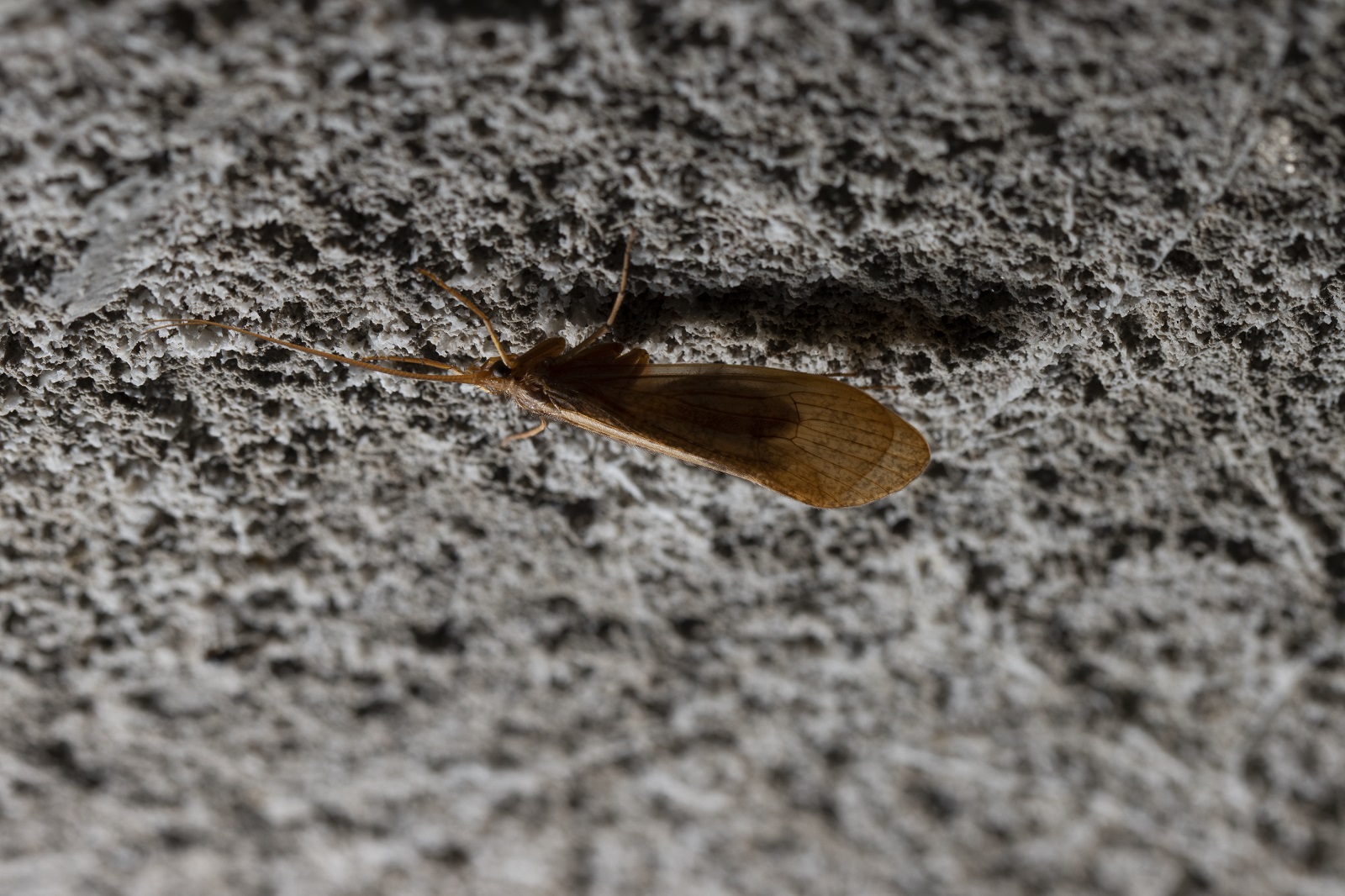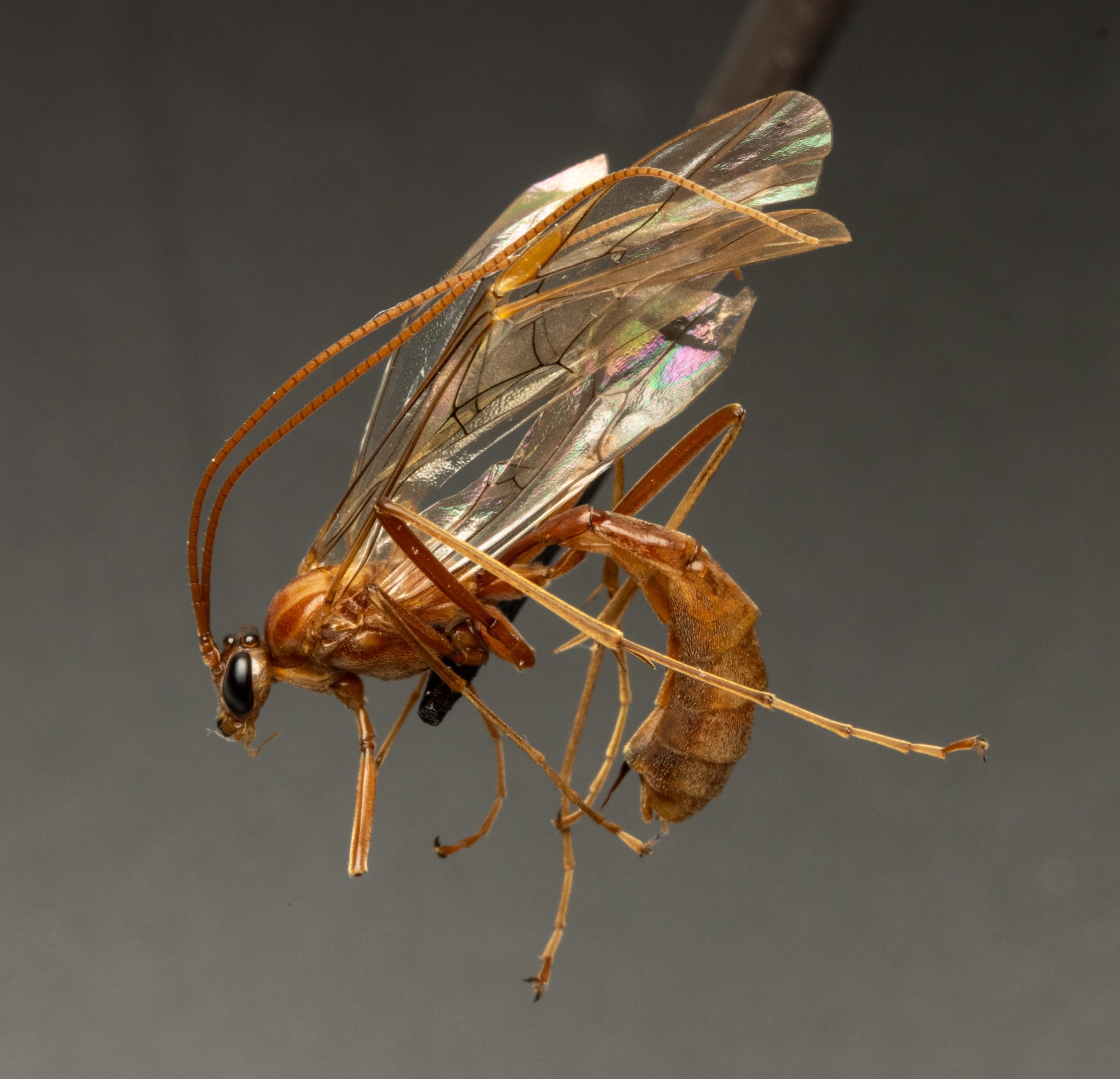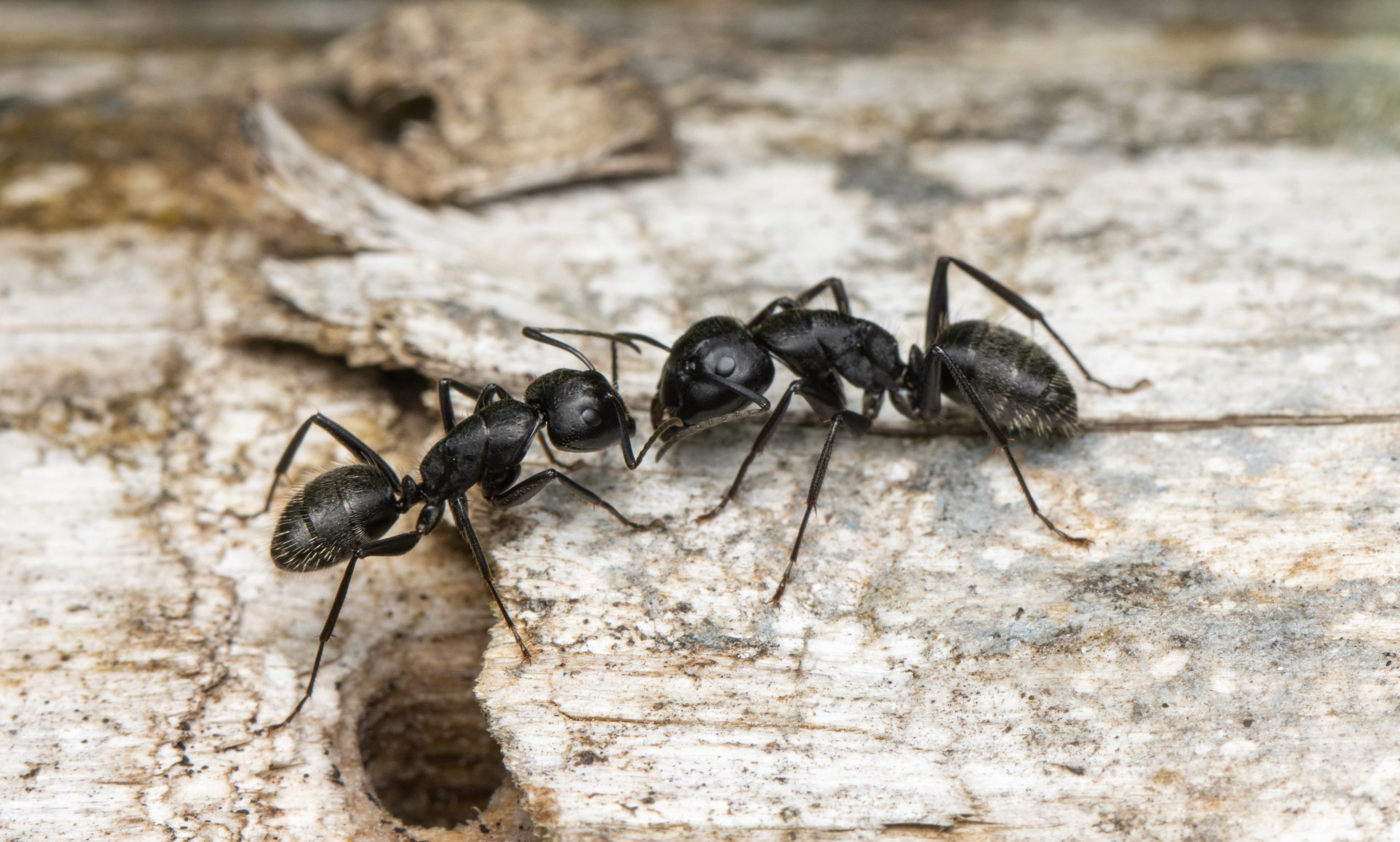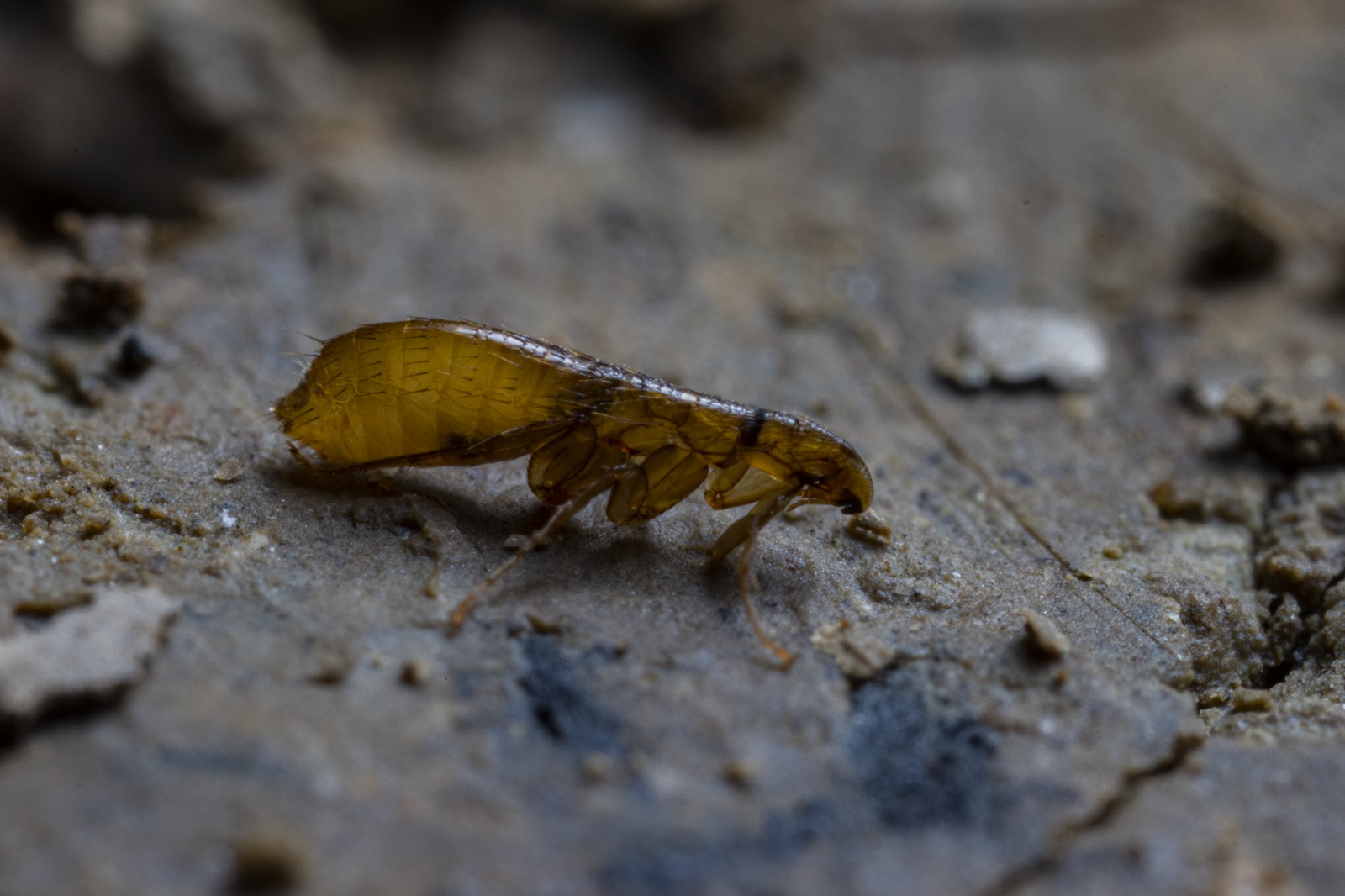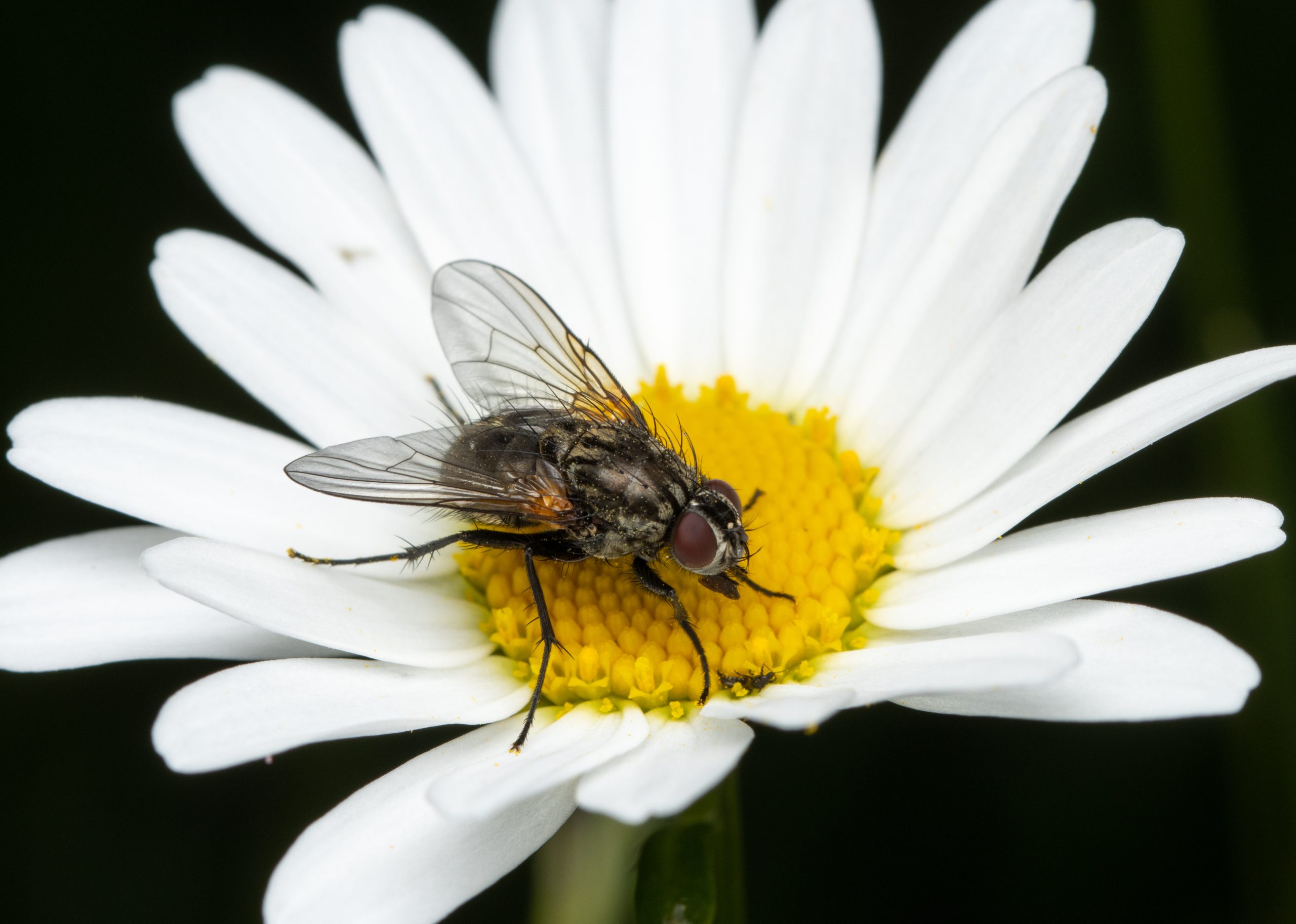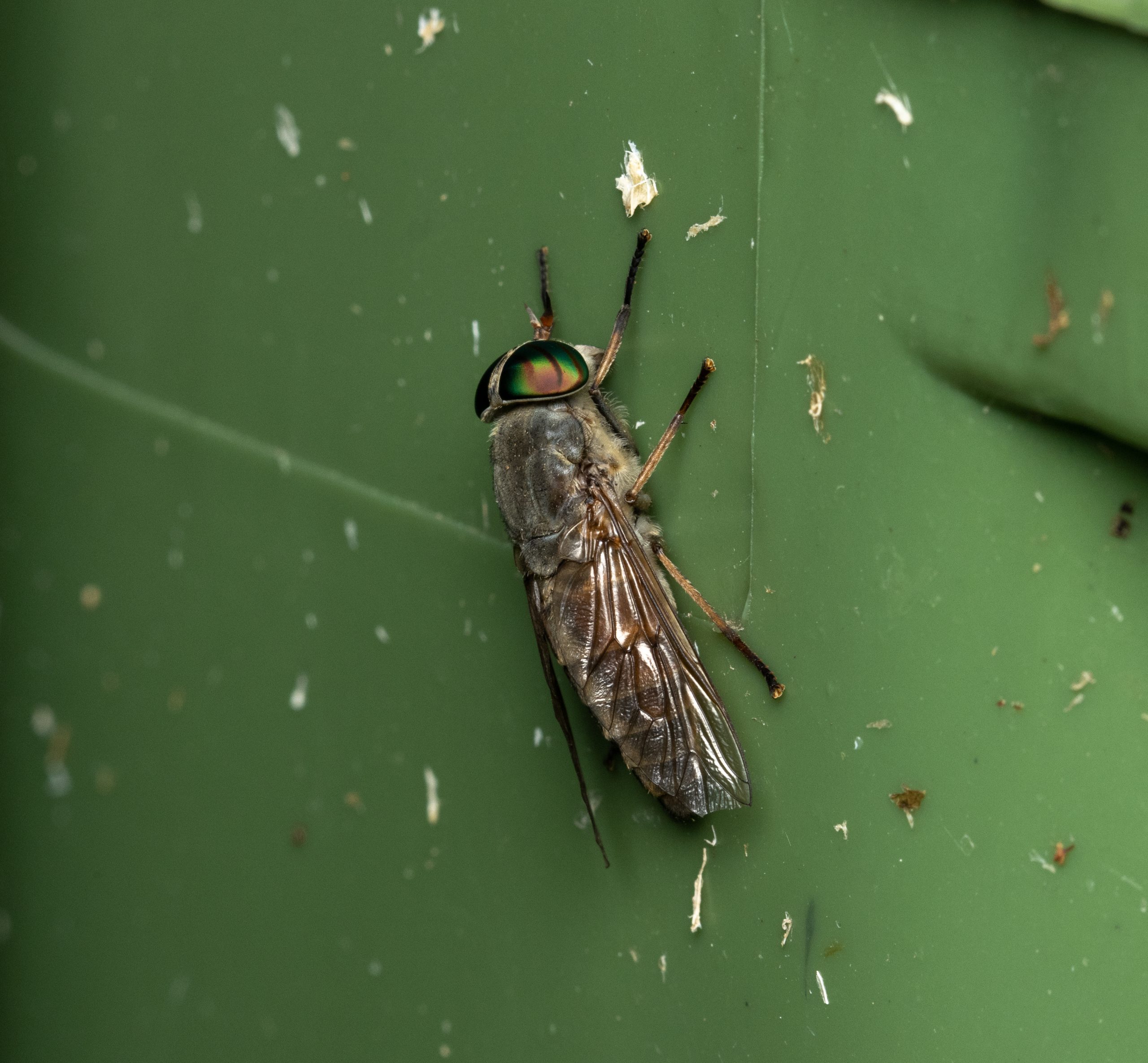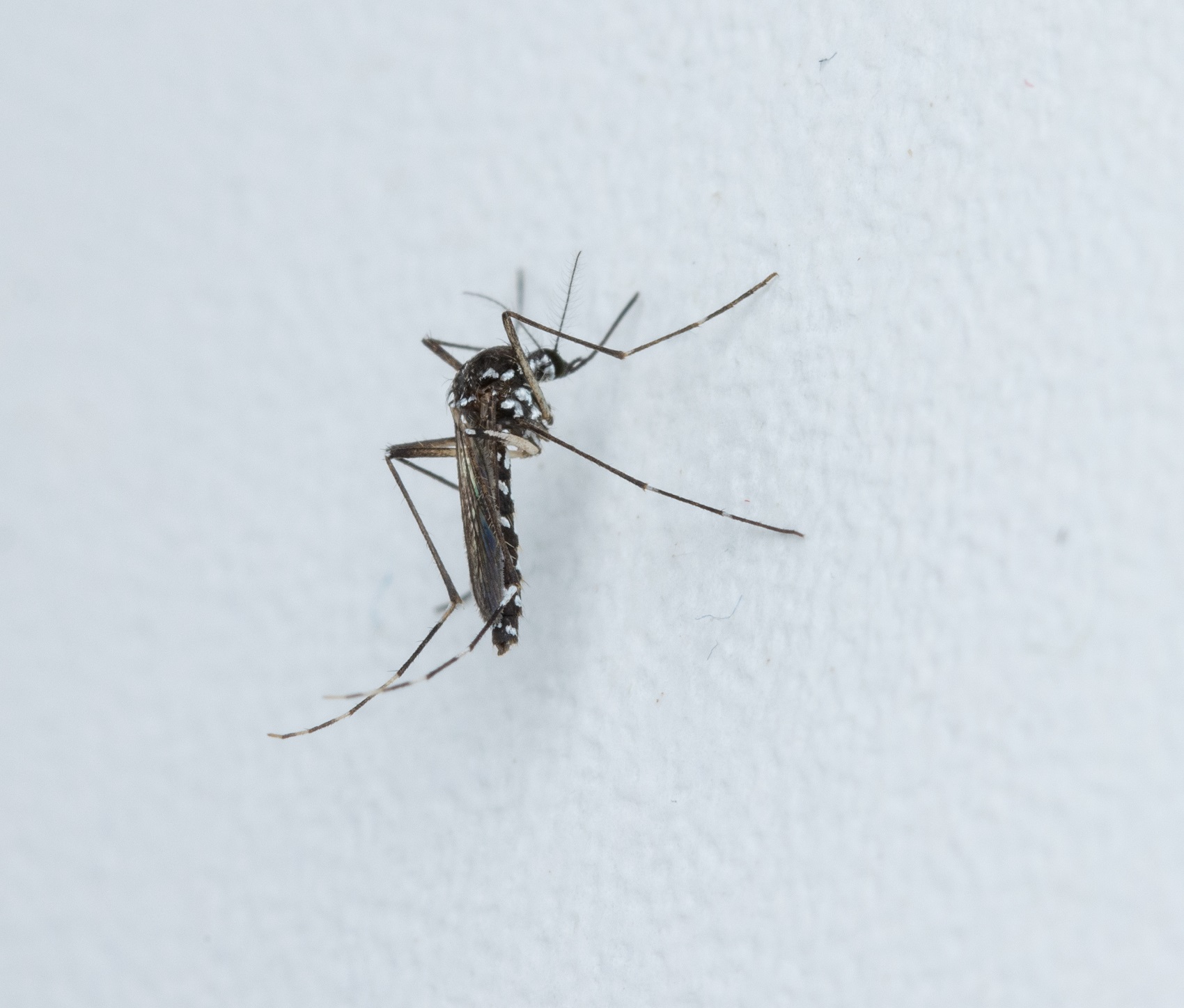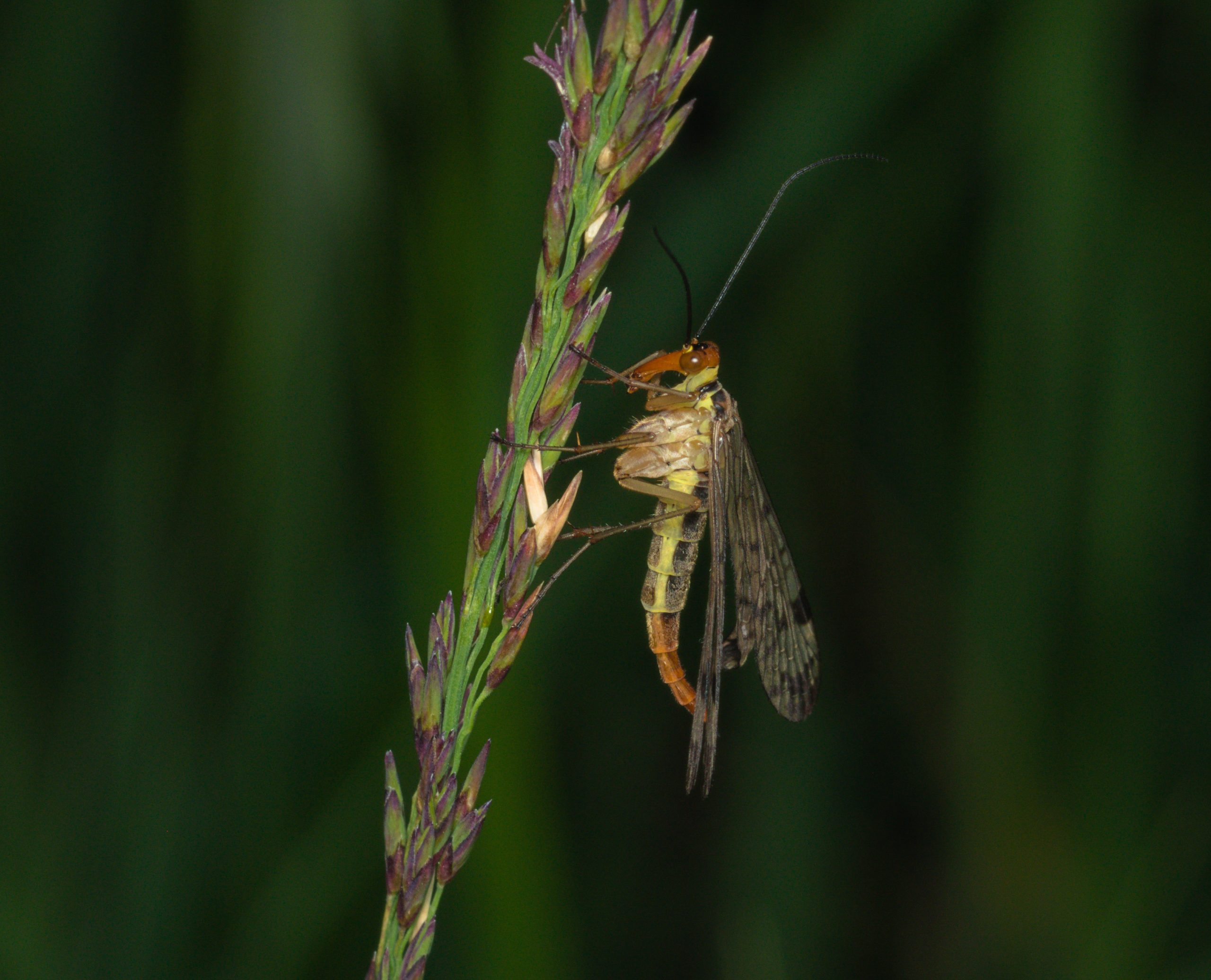- Insects
Tenebrionidae
Darkling beetles are a morphologically diverse group of beetles, predominantly featuring species uniformly dark or black in colour. The body shape is highly variable, but they are well-sclerotised (hardened) and compact. The body consists of a head, thorax and abdomen, as in other beetles in general.
The head bears a pair of antennae and compound eyes. The darkling beetles are identified primarily by their 11-segmented antennae, which may be slightly club-shaped, and which emerge from the edge of the head. The base of the antennae is partially covered by a ridge between the eyes. The eyes are often kidney shaped.
The thorax consists of three segments, each bearing a pair of legs. Their tarsi (feet) have five segments on the first two pairs of legs and four segments on the hind legs. Hardened forewings termed elytra originate dorsally on the second thoracic segment. Underneath them the second membranous pair of wings is present which originates on the third thoracic segment. Some species have fused elytra and reduced second pair of wings and thus cannot fly.
The abdomen is dorsally covered by the elytra and has no appendages.
The family Tenebrionidae includes around 20,000 species, making it one of the most species-rich beetle families. They are cosmopolitan in distribution, inhabiting forested environments as well as deserts. Some species survive in the driest deserts by collecting dew droplets on their bodies using hydrophilic (water-attracting) surfaces.
These beetles are omnivorous and often feed on decaying or fresh plant material, as well as dead insects and fungi. They have a slow metabolism and a relatively long lifespan, ranging from six months to two years. Most species are nocturnal or inhabit environments with low light.
More photos
Related arthropods

Authors
- Urban Bogataj,
- Gregor Bračko,
- Teo Delič,
- Cene Fišer,
- Žiga Fišer,
- Rok Kostanjšek,
- Rudi Verovnik,
- Miloš Vittori,
- Valerija Zakšek.
Students Vito Ham, Vesna Jurjevič, Gaj Kušar, and Adrijan Samuel Stell Pičman also participated in the project.
